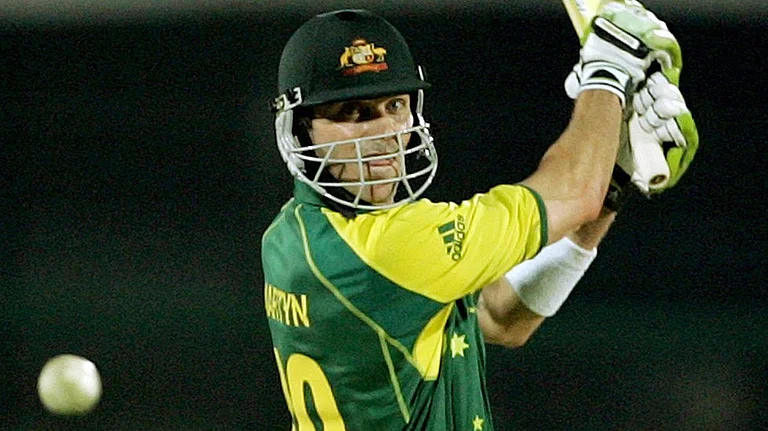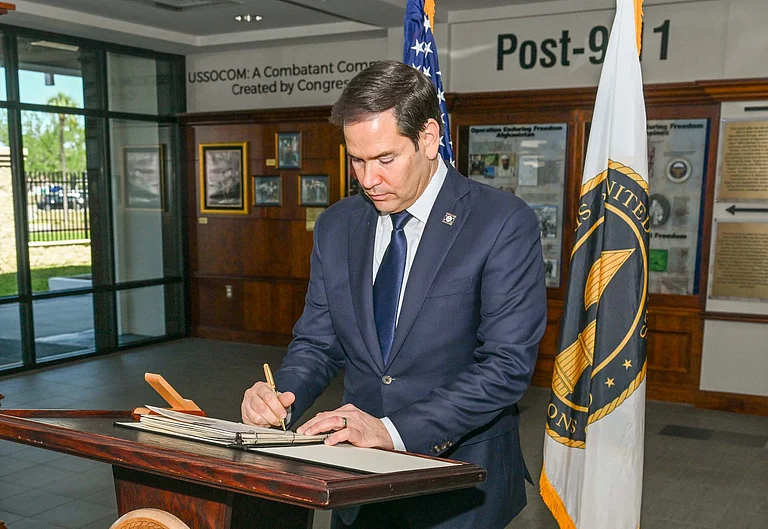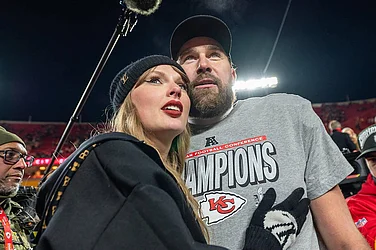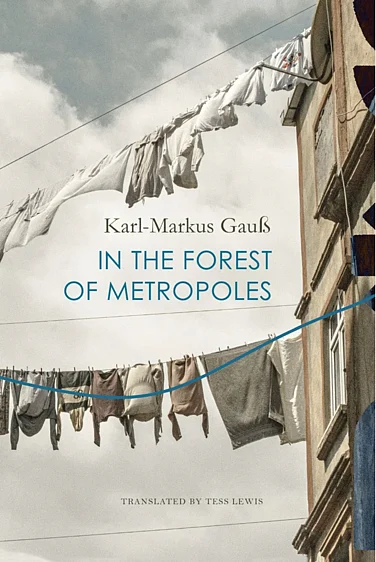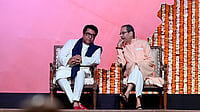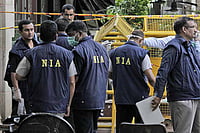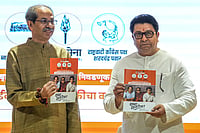Long years in the making, the Illustrated History of Indian Literature in English—hereafter ihile—brings together 24 especially commissioned essays on different aspects of its protean, plastic subject. The Introduction goes some way towards elucidating the principles of inclusion and exclusion—but I doubt these criteria will satisfy an immigration clerk or, indeed, tidy-minded scholars. But India is a loose, holdall category, and would have forced its amorphousness upon any history, even if it did not take recourse to trendy rhetoric about porous borders and imaginary homelands. Thus, apart from the usual suspects, there are chapters on Gandhi and Nehru (Sunil Khilnani), on Verrier Elwin (Ramachandra Guha); Sudesh Misra contributes a chapter on the writers of the Indian diaspora and Mahesh Rangarajan writes on "five nature writers". There is even a chapter on "translations into English". The Introduction itself is, of course, thoughtful, incisive and well-written. (The same goes for many of the essays, by diverse "specialists".) With such a star cast—the "usual suspects", need I say, refers both to the writers and to the "specialists"—it would have been surprising had there not been many, many good things in this volume. Too many to write about in this short review, in fact.
What is most remarkable here is the bold attempt to invent a full, enabling tradition for the iwe, comprising not only litfolk but all who have made of English an Indian thing. The irony, however, is that most iwe would still wish to see themselves as belonging to some vague global community, denizens of "World Literature", described by Pico Iyer as "...creators and creations of a new post-imperial order in which English is the lingua franca, just about everywhere is a suburb of the same international youth culture, and all countries are a part of a unified CNN and MTV circuit, with a common frame of reference in MacDonald’s, Madonna and Magic Johnson."
It has (too) often been said that the trouble with IWE is that English is not an Indian language. But after 200 years of a history that is willy-nilly, shared, this is a fatuous assertion to make, no matter that all kinds of people—nationalist, nativist, indigenist or just plain parochial—continue to make it. About these AKM is summarily dismissive—"pernicious", period. Yet the problem has rather to do with the fact that, nationalists notwithstanding, English is an Indian language. It is already there, endowed with a legacy, associations with class and privilege, a particular social profile. The current bearers of the legacy, the iwe, might well wish it were different, but there it is. There is a powerful and numerous class of people for whom English is, virtually, a first language. There are many others for whom it’ll always be entirely foreign. And there is everything that lies between these two extremes, rich with possibilities of parody and caricature, of course, but also vibrant with meanings undreamt-of "back home". But English-in-India is also a domain of shame and irredeemable exclusion. The branded tongue is only a more intimate form for the brand of economic disadvantage. The intrinsic guilt—and the aesthetic difficulty—of this situation cannot be dismissed lightly. Here innocence is guilt.
But knowledge is hardly absolution. The best writers, some poets in particular, have turned this "difficulty" into creative advantage. Many of the fictioneers, on the other hand, when they recognise the difficulty at all, have succumbed to the Desani-derived temptation of producing freaks and farce, though rarely with his linguistic vitality. One possible achievement of this History will be to free the debate from the mindless trench warfare of the cultural nationalists and enable it to move to a serious, adult level. Given its pioneering, ground-clearing compulsion, the ihile enables the asking of questions which it doesn’t always have the space or energy to address fully. Among the most provocative of these is A.K. Ramanujan’s suggestion that the iwe was condemned, more likely than not, to being "second-rate". (Of course being second-rate is better than being third-rate.) But is this fate of "second-rateness" in fact language-derived—or does it derive from what Naipaul notoriously but insightfully described as the "half-made", patched-up nature of post-colonial societies? And does this fact bear down differently on the writers in English and in other Indian languages?
Finally, the illustrations. Wittily selected and wittily captioned, these are invaluable in helping to flesh out the tradition being invented here, before our very eyes, with such insouciant authority.







